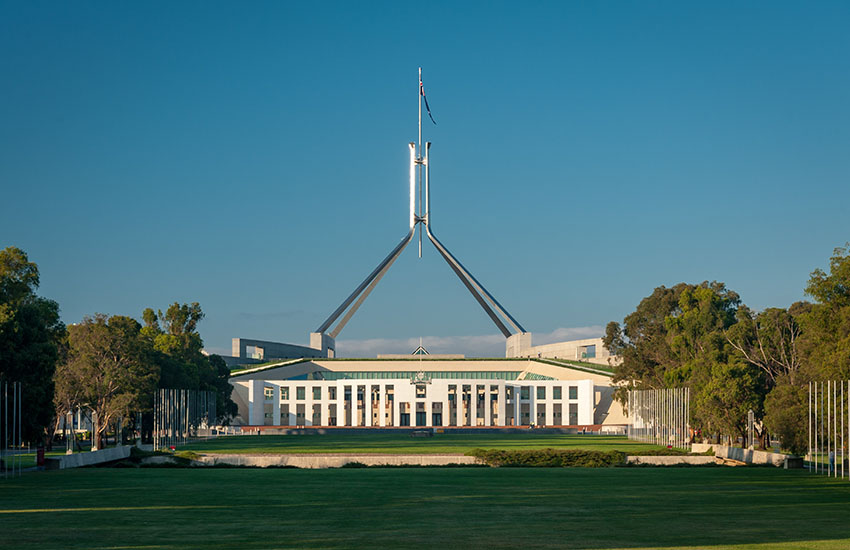Treasury Laws Amendment (2020 Measures No. 6) Bill 2020 has now been introduced to the House of Representatives, providing an alternative test to expand access to the temporary full expensing measure.
The alternative test will see companies that have less than $5 billion in total statutory and ordinary income in either the 2018–19 or 2019–20 income year be able to access the measure, building on the current law that requires aggregated turnover of less than $5 billion.
You’re out of free articles for this month
However, they must also need to have invested more than $100 million in tangible depreciating assets in the period 2016–17 to 2018–19 to demonstrate a track record of making substantial investments in Australia.
The change, announced by Treasurer Josh Frydenberg last month, is intended to allow Australia-based businesses who are connected with large global groups to access the measure.
Choice to opt out
The bill also contains a change to allow entities to opt out of temporary full expensing and the backing business investment incentives on an asset-by-asset basis for the purpose of working out its capital allowance deductions for an income year for each eligible asset.
According to the explanatory memorandum, if the entity chooses to opt out of temporary full expensing or the backing business investment for an asset, it may then apply the general capital allowance rules for that asset.
The entity can choose either regime to calculate the decline in value for each eligible asset, but it cannot revoke that choice once it is made.
The decision to opt out of the measures must be made in an approved form and given to the Commissioner of Taxation by the day the entity lodges its tax return for the income year to which the choice for an asset relates.
According to the government, the opt-out regime will provide entities with flexibility to manage their affairs and choose the relevant capital allowance rules that they consider are appropriate in their circumstances for each asset.
The bill also contains a technical clarification relating to the temporary loss carry-back concession. The amendment confirms that the choice under the temporary loss carry-back measure must be to carry back a specified fixed dollar amount, not a percentage of a tax loss.
Jotham Lian
AUTHOR
Jotham Lian is the editor of Accountants Daily, the leading source of breaking news, analysis and insight for Australian accounting professionals.
Before joining the team in 2017, Jotham wrote for a range of national mastheads including the Sydney Morning Herald, and Channel NewsAsia.
You can email Jotham at: This email address is being protected from spambots. You need JavaScript enabled to view it.

 Login
Login







